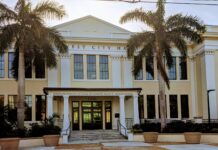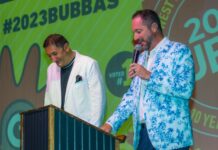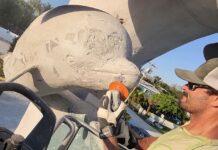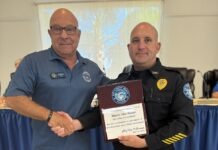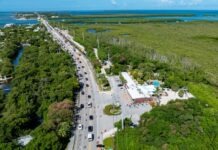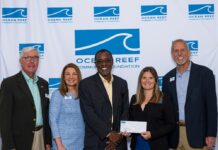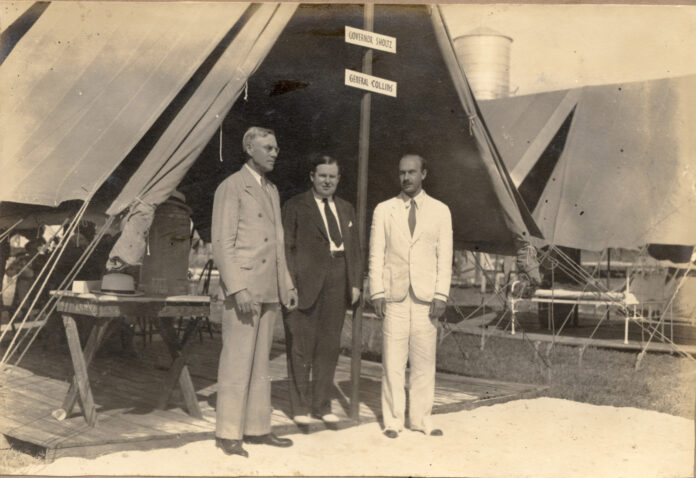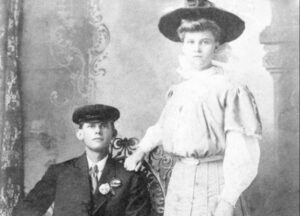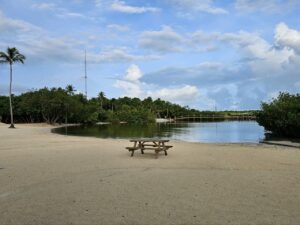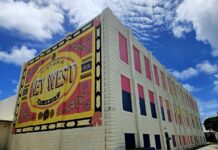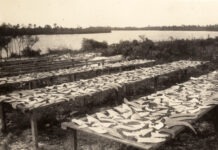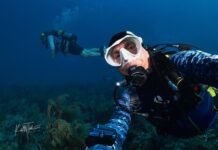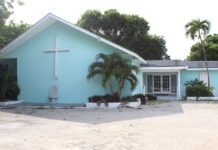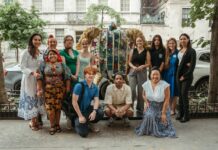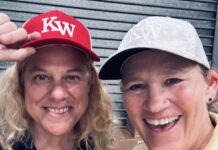Editor’s note: This is the first in a two-part series on the history behind the arrival of veterans and their contributions to the Florida Keys through the New Deal.
In 1924, the U.S. Congress voted to pass the World War Adjusted Compensation Act. The legislation created a bonus payout for veterans who served during World War I: $1 per day served in the U.S. and $1.25 per day for time served overseas.
The bonus was capped out at $500 for those who served stateside and $625 for those who served on foreign soil. As the bill was written, the payout was set to occur in 1945 or upon a veteran’s death. In 2023, $625 in 1945 dollars would be worth a little over $10,000.
And then, the Great Depression brought the country to its knees. World War I veterans, many of whom were out of work, were given a glimmer of financial hope when Texas Rep. Wright Patman crafted a piece of legislation that would allow for the early disbursement of the promised bonus checks. In support of Patman’s bill, veterans began gathering at the Capitol. Some came from as far away as Oregon, and by June 1932, 20,000 or more World War I veterans had arrived, erected tents and shanty huts, and squatted on sidewalks and in parks in hopes that their presence would help to influence the vote. Some had traveled with their wives and family.
The World War Adjusted Compensation Act passed through the House but was defeated by a vote of 62-18 in the Senate on June 17, 1932. After the vote, President Herbert Hoover ordered the veterans who had gathered, the “Bonus Army,” to move out of D.C. The military was used to remove them. The Army was led by Gen. Douglas MacArthur, aided by Maj. Dwight D. Eisenhower. Soldiers marched with fixed bayonets down American streets. Tear gas was fired into the throngs of veterans. Tanks, led by Maj. George S. Patton, worked to drive the “Bonus Army” (and, in some cases, their wives and children) out of Washington.
It was not a good look for the president, and it was an election year. Subsequently, Franklin Delano Roosevelt was elected in November 1932. Roosevelt inherited the Great Depression and the aftereffects of his predecessor’s engagement with the Bonus Army. One of Roosevelt’s early acts as president was implementing his New Deal, promising relief, recovery and reform. Part of his plan was the creation of the Federal Emergency Relief Administration (FERA), approved by Congress on May 12, 1933.
The agency’s purpose was to grant relief funds directly to state agencies. FERA was allocated $500 million. Half was to be used for matching grants programs, and half was disbursed as discretionary funds. Julius Stone was Florida’s first FERA administrator. After graduating from Harvard University in 1926, Stone worked for the New York Welfare System. In 1933, he moved to Washington, D.C., and was employed by the Federal Emergency Relief Administration.
Stone had an affinity for Key West and opened an office in the Southernmost City. Believing in the lure of Key West, he felt that with a little bit of help and some elbow grease, Key West could become the “Gibraltar of the South.” He organized Key West’s residents into a volunteer corps responsible for beautifying the town. They worked on landscaping some of the main streets, spruced up the beaches, and refurbished 200 houses so that they could be rented out as accommodations by people visiting the island.
In accordance with FDR’s New Deal and its Works Projects Administration (WPA) programs, Stone lobbied to have the Florida Keys receive its fair allocation of funds. Among other Keys projects, the Key West Aquarium, touted as a tourist draw, became a WPA project. Another project was to have repairs done to the Civil War-era Fort Jefferson, located on Garden Key in the Dry Tortugas.
Three hundred World War I veterans were assigned to the Fort Jefferson job. While they were awaiting the U.S. Navy’s approval to allow civilians to be assigned work on a government base, Stone suggested that Key West be coupled to the mainland with a highway linked by a series of solid automobile bridges. Living on the island, Stone understood that while Flagler’s railroad brought the train to Key West, it was not bringing much of a tourist trade. State Road 4A, the first version of the Oversea(s) Highway that opened to public transit in 1928, was incomplete — and that was a problem.
In its present incarnation, the Oversea(s) Highway proved a detriment to tourism, and a more complete road system would help increase traffic flow to Key West. The original highway traveled from Miami and across the Upper Keys but ended at the far end of Lower Matecumbe Key. Bridging the gap required the use of automobile ferries that, depending on weather, tide and mechanics, were not always reliable. By 1933, one ferry ran between Lower Matecumbe Key and Grassy Key, and one operated between Hog Key (Marathon) and No Name Key.
The WPA accepted Stone’s idea to have the veteran workforce brought in to build a solid bridge system that would eliminate the need for the ferry system. The 300 veterans initially assigned to rehabilitate Fort Jefferson were redirected to the Upper Keys to work on the automobile bridges. They began arriving in late 1934.
Part two will provide insights into the bridge projects the World War I veterans began, the devastating hurricane that altered the course of history and the response by Ernest Hemingway.
